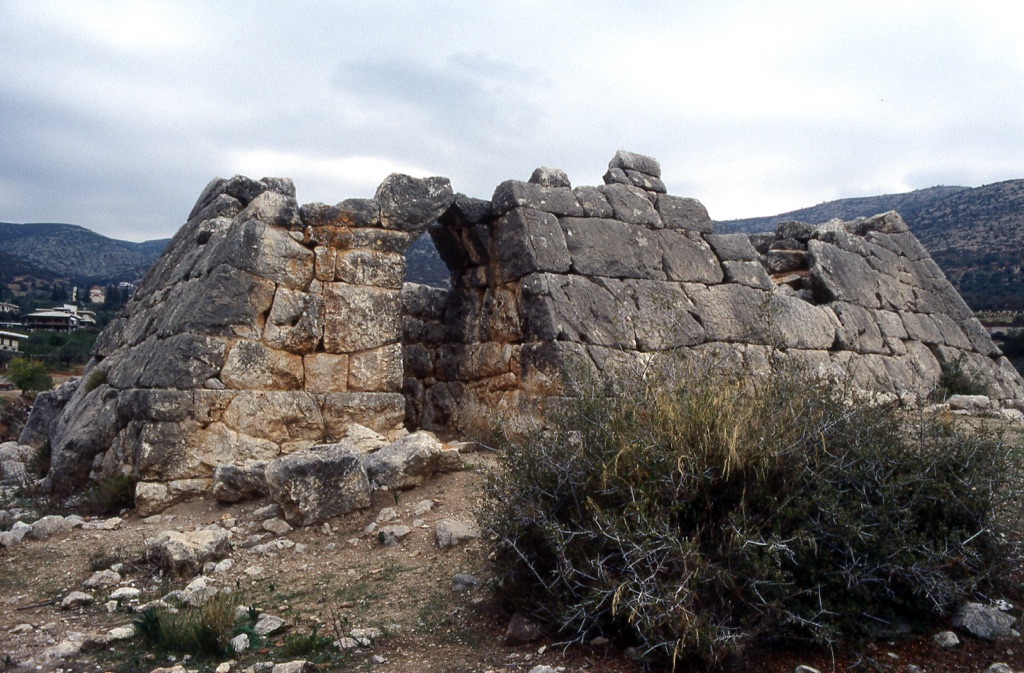The Pyramids of Greece, often overshadowed by their Egyptian counterparts, are an enigmatic treasure in the realm of archaeology. These structures imbue the Peloponnese landscape with a sense of ancient mystique. Dates suggest they were built around the 4th or 5th century BC, with the most famous example being the Pyramid of Hellinikon. Unlike the tombs of Egypt, the Greek pyramids’ purpose remains unclear. Scholars speculate they could be markers, fortresses, or even ancient calendar systems. With limited documentation available, these pyramids invite modern seekers to explore their intriguing past.
Historical Places
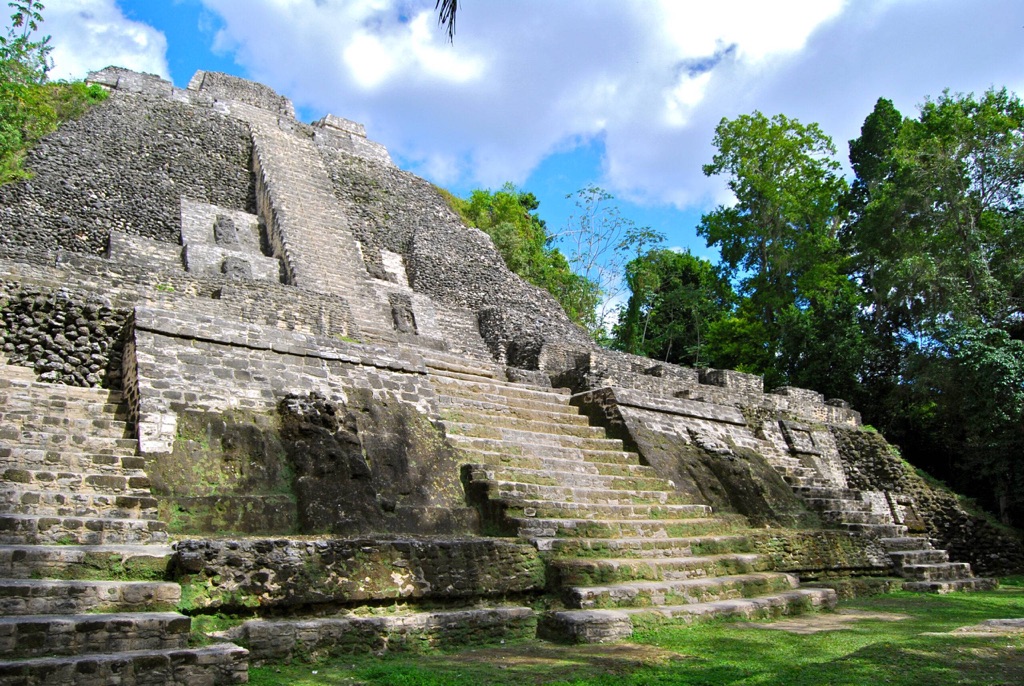
Lamanai
Embark on a journey through time at the ancient Lamanai Mayan ruins, nestled in the lush jungles of Belize. This significant historical site boasts a name that means “submerged crocodile,” reflecting its mystical past. Lamanai stands out with its long occupation span, from the pre-classic Maya period right through to the post-classic period, signaling a civilization’s resilience. Visitors can marvel at the majestic temples, plazas, and artifacts that paint a vibrant picture of Mayan culture. Each structure tells a story, from the imposing High Temple with its panoramic views to the Mask Temple, adorned with intricate carvings of Mayan rulers and gods.
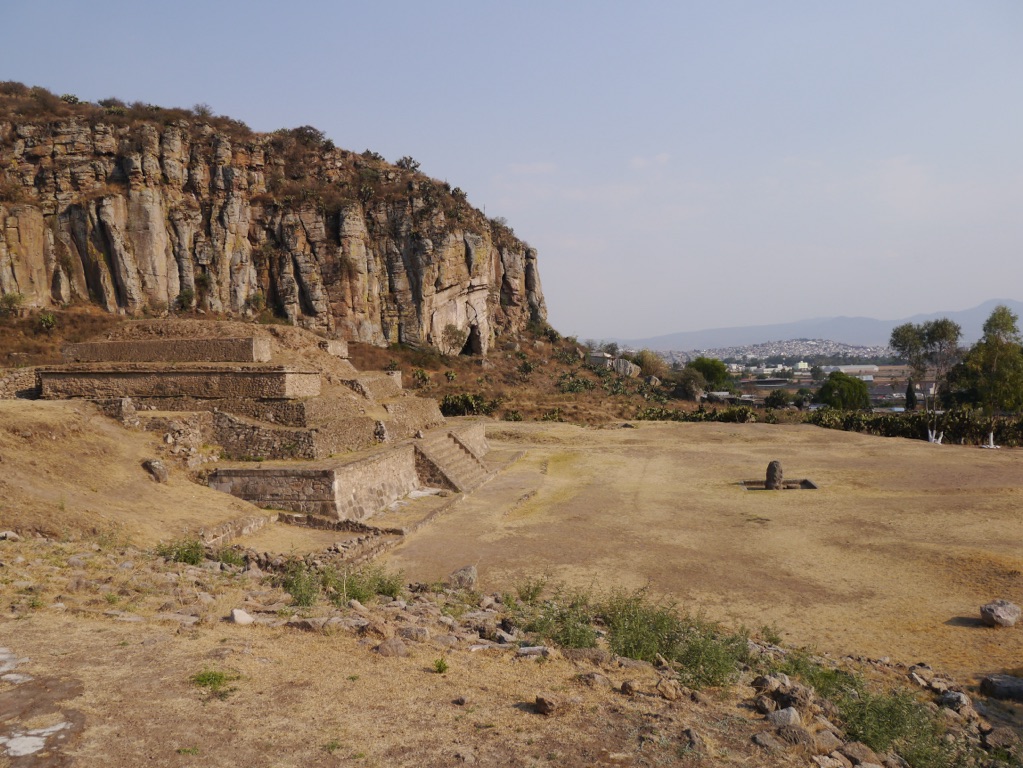
Huapalcalco
Huapalcalco, nestled in the heart of Mexico, stands as a testament to the region’s ancient civilizations. This pre-Columbian site bears the marks of a complex society and a deep-rooted history. It invites visitors to delve into a time when Mesoamerican cultures flourished. Known for its architecturally impressive ruins, Huapalcalco offers a rare glimpse into the past. It showcases ceremonial platforms and intricate stone carvings that adorn its landscape. This place is not just a tourist attraction, but a bridge to a bygone era. It holds tales of a people whose ingenuity and spirituality were etched into every stone.
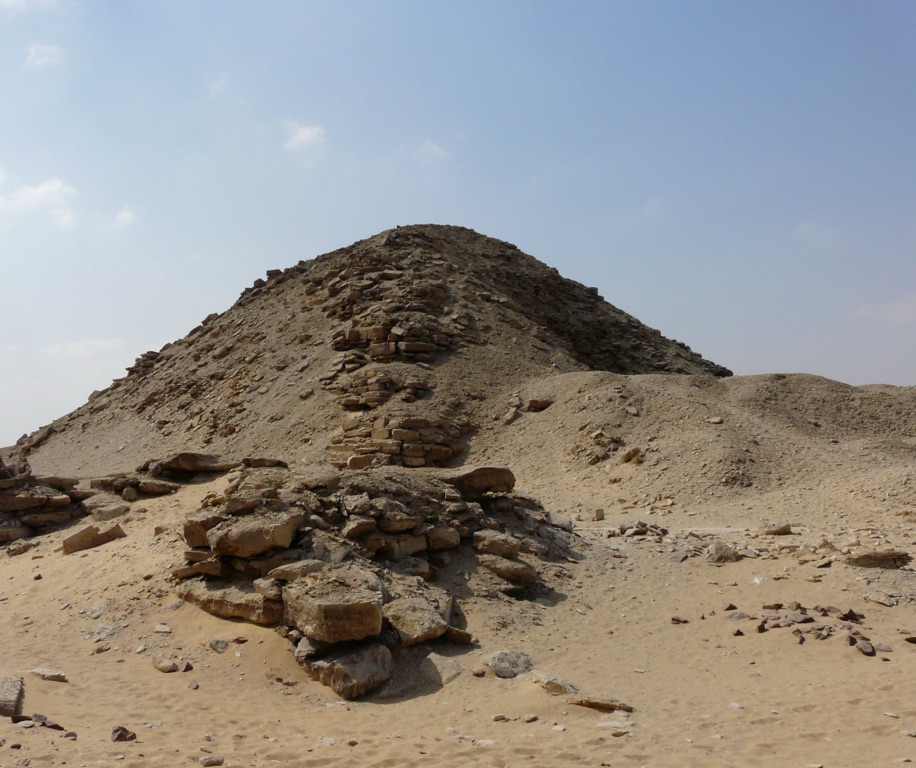
Pyramid of Nyuserre
The Pyramid of Nyuserre Ini, a landmark in the necropolis of Abusir, stands as an ancient testament to the Fifth Dynasty of Egypt’s Old Kingdom. Constructed as the final resting place of Pharaoh Nyuserre Ini, its grandeur is a reflection of the pharaoh’s influence and the architectural innovations of the era. Though time has taken its toll, the pyramid’s remnants offer insights into the religious and cultural practices of ancient Egyptian civilization, captivating historians and tourists alike.
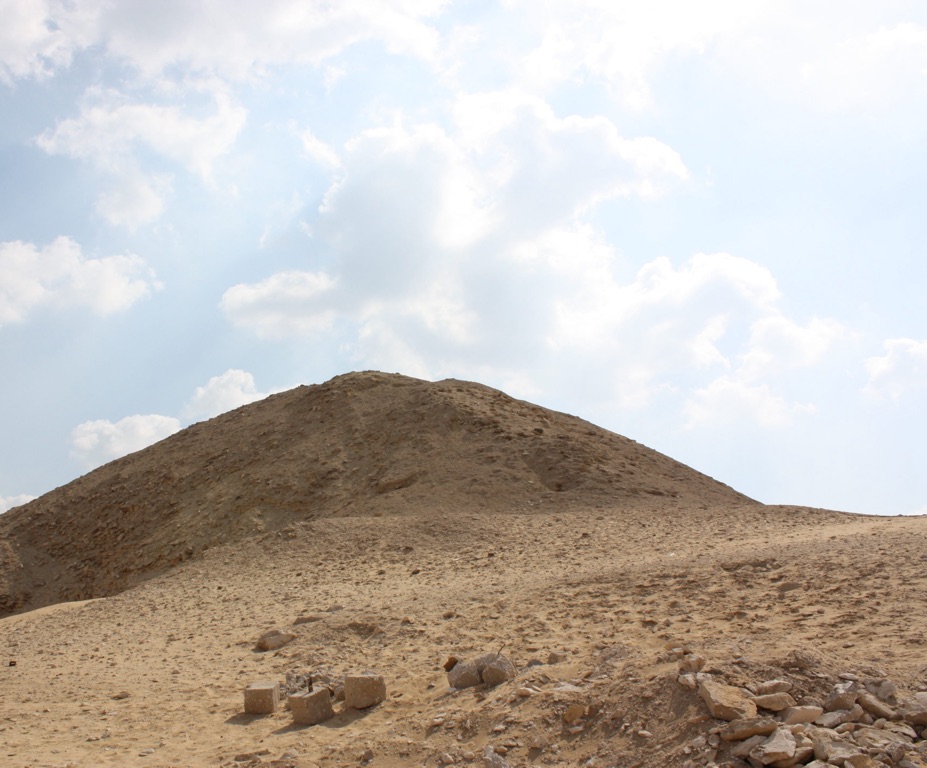
Pyramid of Teti
The Pyramid of Teti is a testament to the ingenuity of ancient Egyptian civilization. As the first pyramid of the Sixth Dynasty in Egypt’s Old Kingdom, the Pyramid of Teti invites history buffs and travelers to explore its corridors. It holds the honor of housing the second-oldest known pyramid texts. Visitors can marvel at hieroglyphic carvings revealing glimpses of life and beliefs from millennia ago. Immerse in a history that has transcended time while wandering through its once concealed chambers.
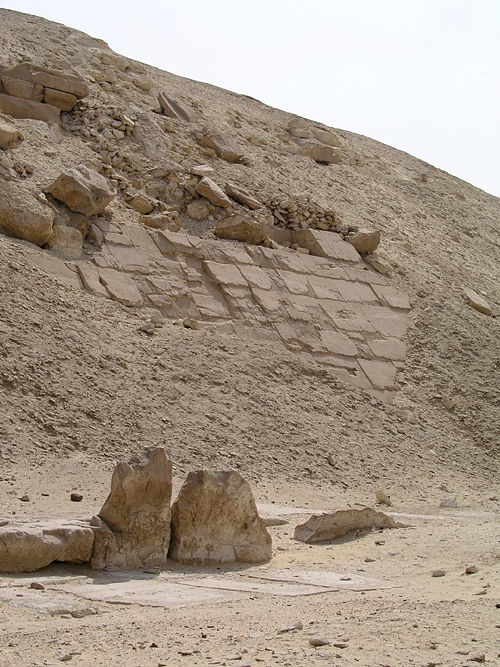
Pyramid of Senusret I
The Pyramid of Senusret I stands as a testament to the architectural prowess of the Middle Kingdom of ancient Egypt. This enduring monument is located in the heart of El-Lisht, near the ruins of the ancient city of Itjtawy. Built for the second pharaoh of the Twelfth Dynasty, Senusret I, the pyramid reflects the period’s innovation in design and construction. Unlike the earlier smooth-sided pyramids, Senusret I’s pyramid featured a core built of mudbricks, encased by fine limestone. This site offers a glimpse into the religious and cultural practices of the time, underlying the pharaoh’s role as both a divine deity and a mortal ruler.

